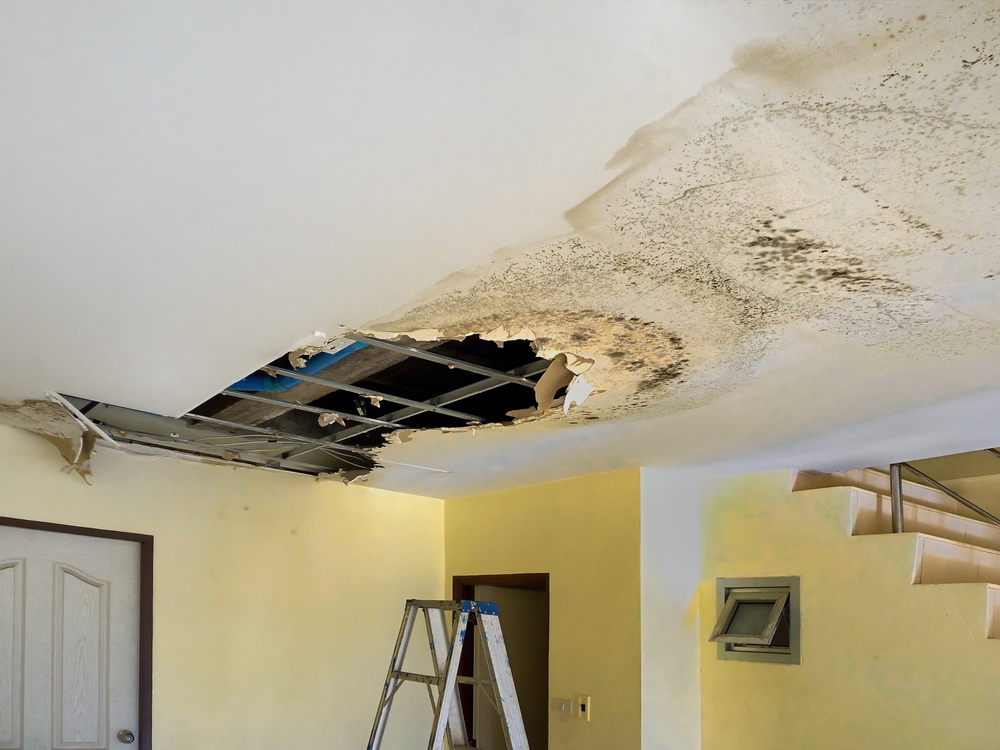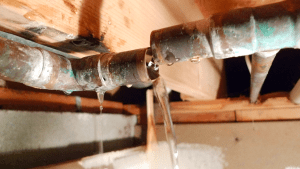Just how to Examine If Your Residence Has a Hidden Leak
Just how to Examine If Your Residence Has a Hidden Leak
Blog Article
We have found this article on Detecting hidden plumbing leaks down the page on the internet and reckoned it made sense to talk about it with you in this article.

Early detection of leaking water lines can alleviate a possible catastrophe. Some little water leakages may not be noticeable.
1. Check Out the Water Meter
Every house has a water meter. Checking it is a guaranteed manner in which helps you find leaks. For beginners, switch off all the water resources. Make sure no person will purge, utilize the tap, shower, run the washing machine or dishwasher. From there, go to the meter as well as watch if it will certainly alter. Given that no person is using it, there must be no movements. That shows a fast-moving leakage if it relocates. If you detect no changes, wait an hour or two and also check back once more. This indicates you might have a slow leak that could even be below ground.
2. Inspect Water Usage
If you find unexpected modifications, despite your intake being the exact same, it means that you have leakages in your plumbing system. A sudden spike in your expense shows a fast-moving leakage.
Meanwhile, a steady boost monthly, despite having the exact same practices, shows you have a slow leak that's additionally slowly escalating. Call a plumber to extensively inspect your residential property, particularly if you feel a cozy location on your flooring with piping below.
3. Do a Food Coloring Test
When it comes to water usage, 30% originates from toilets. Examination to see if they are running effectively. Decrease flecks of food color in the container and also wait 10 mins. There's a leakage in between the container and also bowl if the color somehow infiltrates your dish during that time without flushing.
4. Asses Exterior Lines
Don't neglect to check your exterior water lines also. Needs to water seep out of the link, you have a loose rubber gasket. One little leak can waste tons of water and increase your water costs.
5. Examine the circumstance and also inspect
Property owners need to make it a habit to examine under the sink counters as well as also inside closets for any kind of bad odor or mold and mildew growth. These two warnings show a leakage so prompt focus is required. Doing regular inspections, also bi-annually, can save you from a significant issue.
If you know your house is already old, keep a careful eye on your heating systems, hoses, pipelines and so on. Look for stainings and also deteriorating as most pipes and devices have a life expectancy. They will certainly likewise normally weaken due to damage. Do not wait for it to rise if you presume dripping water lines in your plumbing system. Call an expert plumber right now so you don't end up with an awful mess in your home.
Early discovery of leaking water lines can alleviate a potential calamity. Some small water leaks might not be visible. Checking it is a guaranteed way that assists you uncover leaks. One tiny leak can lose lots of water and surge your water expense.
If you believe leaking water lines in your plumbing system, don't wait for it to rise.
WARNING SIGNS OF WATER LEAKAGE BEHIND THE WALL
PERSISTENT MUSTY ODORS
As water slowly drips from a leaky pipe inside the wall, flooring and sheetrock stay damp and develop an odor similar to wet cardboard. It generates a musty smell that can help you find hidden leaks.
MOLD IN UNUSUAL AREAS
Mold usually grows in wet areas like kitchens, baths and laundry rooms. If you spot the stuff on walls or baseboards in other rooms of the house, it’s a good indicator of undetected water leaks.
STAINS THAT GROW
When mold thrives around a leaky pipe, it sometimes takes hold on the inside surface of the affected wall. A growing stain on otherwise clean sheetrock is often your sign of a hidden plumbing problem.
PEELING OR BUBBLING WALLPAPER / PAINT
This clue is easy to miss in rooms that don’t get much use. When you see wallpaper separating along seams or paint bubbling or flaking off the wall, blame sheetrock that stays wet because of an undetected leak.
BUCKLED CEILINGS AND STAINED FLOORS
If ceilings or floors in bathrooms, kitchens or laundry areas develop structural problems, don’t rule out constant damp inside the walls. Wet sheetrock can affect adjacent framing, flooring and ceilings.
https://www.servicemasterbyzaba.com/blog/how-to-detect-water-leakage-in-walls/

We hope you liked our section on Top leak detection hacks. Many thanks for finding the time to browse our content. Do you know about somebody who is excited by the topic? Do not hesitate to promote it. Thanks a lot for taking the time to read it.
Report this page